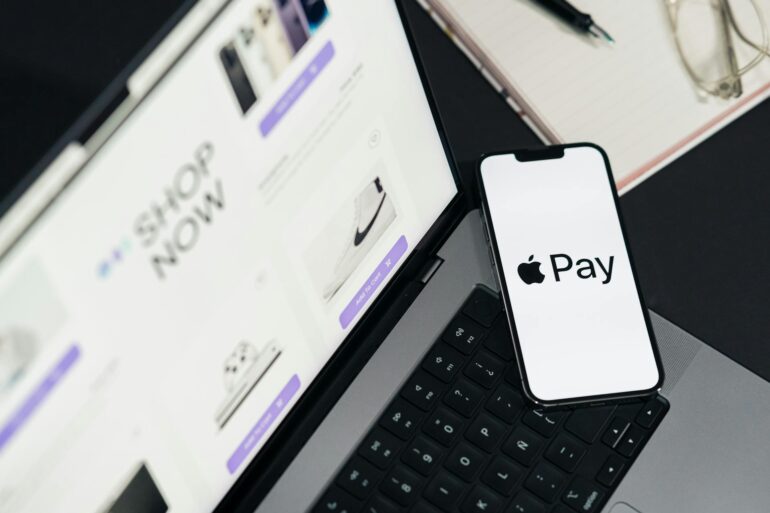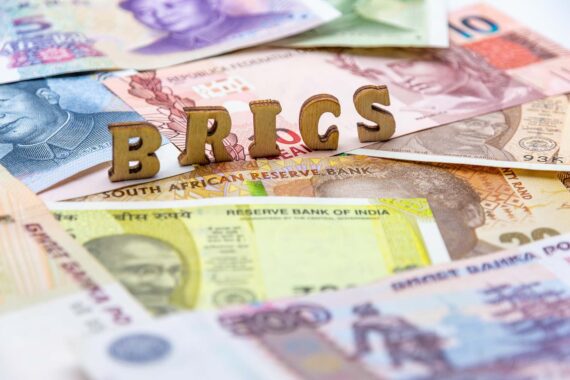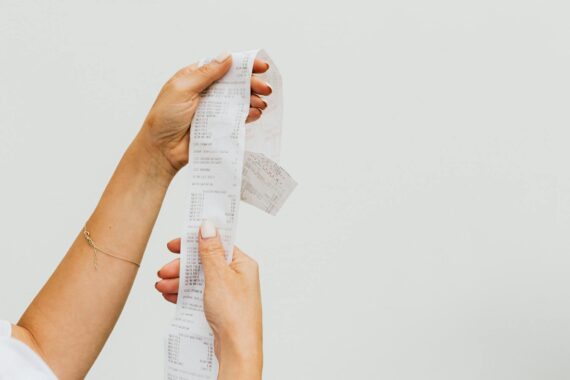As a mobile payment system integrated into Apple devices, it allows users to complete purchases with just a tap. However, with the rise of digital payment options comes the inevitable challenge of handling disputes. It’s essential to understand how to dispute an Apple Pay transaction, whether it’s a billing error, an unauthorized charge, or a customer dissatisfaction issue.
Understanding Apple Pay Transactions
Apple Pay places a strong focus on ease and security, and this is one of the reasons its transactions have become increasingly popular. It’s important to grasp how these transactions work and the roles of each party involved to fully understand how to handle disputes.
In essence, Apple Pay uses cutting-edge technology to ensure safe and easy payments.
How Apple Pay Transactions Work
Apple Pay uses tokenization to keep your payment information safe. Instead of sending your actual card number, it creates a unique, one-time code (called a token) for each transaction. This means your real card details are never shared, and it reduces the risk of theft.
Each transaction is secured with biometric authentication like Face ID, Touch ID, or a passcode. This ensures only the authorized user can approve payments. Also, extra security layers are added for online or in-app purchases to protect your information.
Finally, Apple Pay uses data encryption to keep your details private. It doesn’t store your transaction data or share personal information with merchants. Instead, encrypted data is sent securely to the merchant services and credit card processing company, and it ensures the payments are both private and secure.
The Growing Impact of Apple Pay
Since its 2014 launch, Apple Pay has had an exponential increase in popularity, and it established its position as a key component of the digital payment ecosystem. It’s the second-largest global digital payment platform since 2023, and it processes $6 trillion in transactions annually. 60% of US retailers and over 90% of global merchants are now integrating Apple Pay into their operations.
The platform’s reach extends far beyond the US, with leading markets like the United Kingdom and Canada reporting adoption rates above 65%. The reliance on secure, convenient payment options is part of a larger trend, as global consumer spending on contactless payments is expected to surpass $4 trillion by 2025, doubling from $2.44 trillion in 2021.
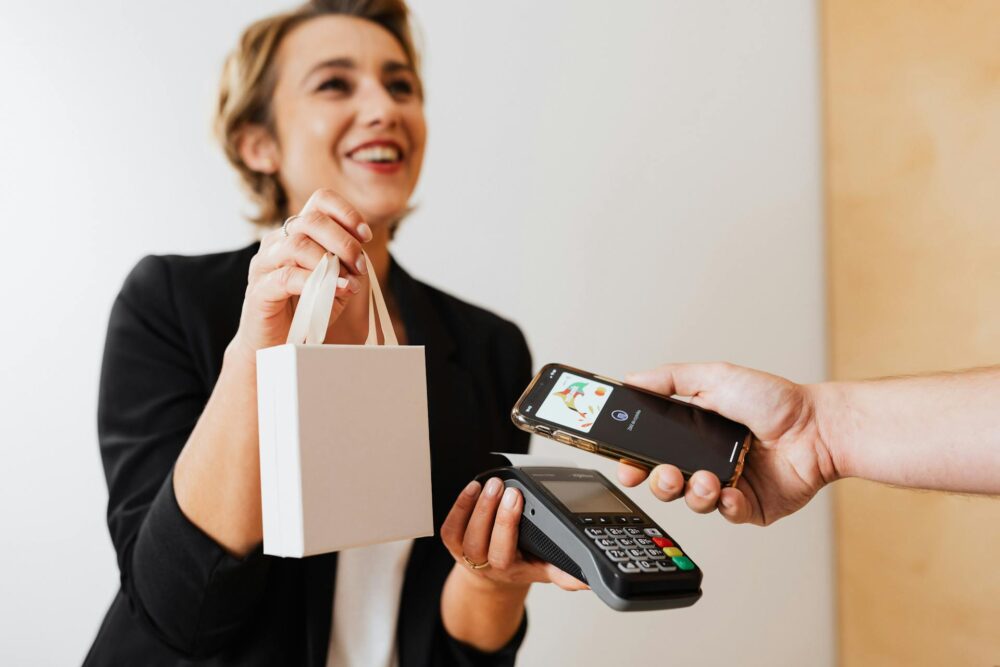
Roles in an Apple Pay Transaction
To guarantee an effortless and safe payment process, Apple Pay transactions depend on the cooperation of numerous parties, each with distinct roles. In order to maintain consumer and merchant trust and successfully resolve conflicts, it’s not only important to have good customer service – it’s important to understand these responsibilities. Here are the key participants and their roles:
- The customer initiates the transaction using their Apple device. They are responsible for verifying charges, ensuring the correct amount is authorized, and contacting the merchant in case of any discrepancies.
- Merchants accept payments through Apple Pay, either in-store via contactless terminals or online using integrated payment gateways. They are responsible for delivering goods or services as promised and resolving customer concerns before disputes escalate.
- The credit card processing company acts as an intermediary between the merchant’s bank and the customer’s card issuer. It simplifies the transaction, manages authorization, and ensures funds are transferred securely.
Customers can feel safe knowing that their transactions are secure, and merchants can better prepare for and handle disputes if they all understand their roles.
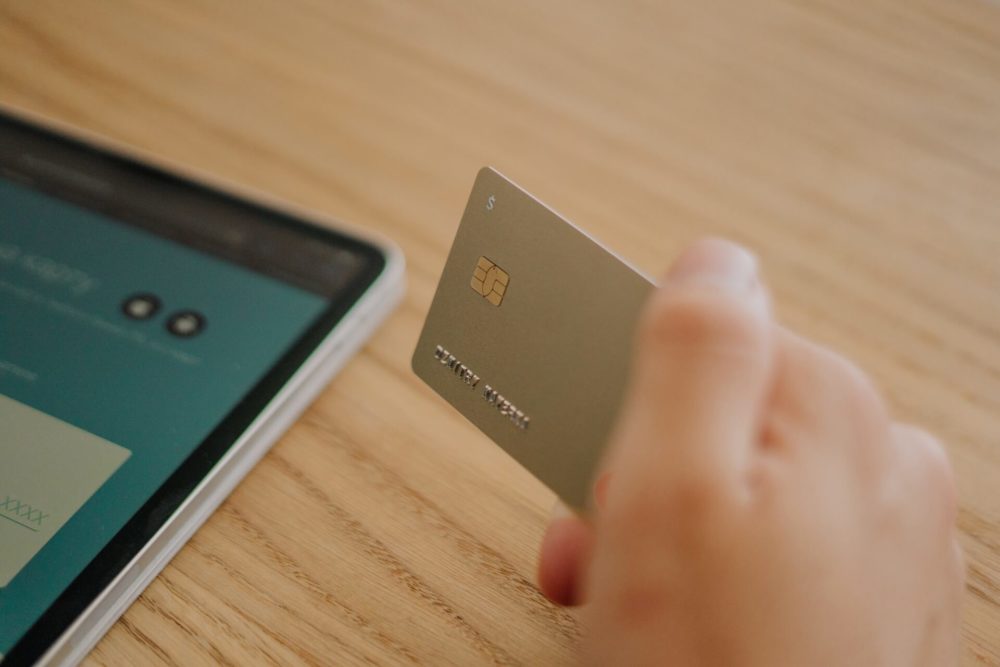
Common Reasons for Disputes
Disputes over Apple Pay could happen for a number of reasons, most frequently due to mistakes, different types of fraud, or misunderstandings. Here are some of the most common causes:
- Transactions that the customer did not authorize, often due to stolen payment information or device misuse.
- Discrepancies between the charged amount and the actual purchase amount.
- Situations where the customer pays but never receives the promised goods or services.
- Products that arrive broken, faulty, or not as described.
- Disputes that happen when customers are unhappy with the product or service, often due to unmet expectations or unclear communication.
Keep in mind that merchants can minimize disputes and build stronger relationships with their customers if they address these issues promptly and effectively.

Steps for Customers on How to Dispute an Apple Pay Transaction
Knowing how to dispute a charge on Apple Pay can feel overwhelming, but understanding the process can help customers resolve issues efficiently. Whether it’s an unauthorized charge, duplicate payment, or dissatisfaction with a purchase, it’s vital to know the right steps.
Verify the Charge
Before taking any action, customers should first verify the details of the charge. They can do this through the Apple Wallet app, which provides a thorough list of all Apple Pay transactions. Customers should check the transaction amount, date, and the merchant to ensure that the charge matches their purchase. If they find that the charge is a duplicate or appears unauthorized, it is essential to confirm the discrepancy.
Contact the Merchant
The next step is to contact the merchant directly. In many cases, merchants can resolve disputes without involving third parties, especially if the issue involves a simple misunderstanding or a billing error. Merchants may offer refunds, process cancellations, or correct transaction mistakes, saving customers time and effort. It’s a good idea for customers to reach out as soon as possible and provide all necessary documentation, such as receipts and transaction details, so the matter can be resolved quickly.
Involve the Card Issuer or Bank
If the merchant is unable to resolve the issue, or if the dispute remains unresolved, the customer can escalate the matter by involving their credit or debit card issuer. Apple Pay transactions are linked to a bank account or card, and customers can file a dispute through their card issuer. It’s important to contact the bank as soon as possible, as there are typically strict timeframes for filing disputes – usually 60 days from the transaction date. The card issuer will investigate the claim, and if the dispute is valid, they may issue a refund.
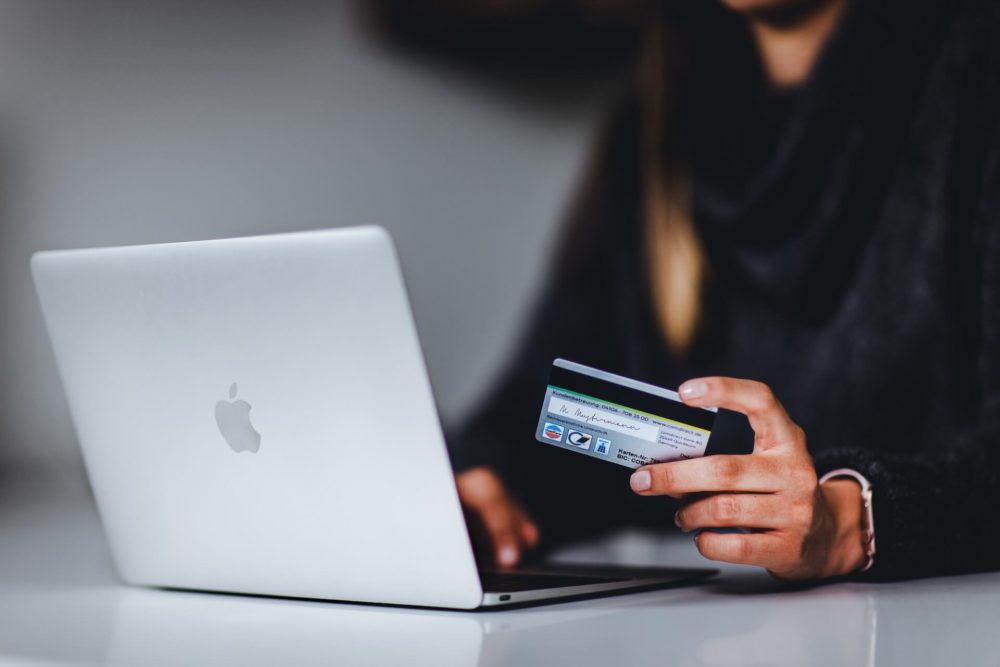
Merchant’s Role in Handling Apple Pay Disputes
As Apple Pay continues to dominate the digital payments landscape, merchants must be prepared to handle transaction disputes effectively. Disputes can arise for various reasons, and how merchants manage them plays a crucial role in customer satisfaction and business reputation.
Communication with Customers
When a customer expresses dissatisfaction or questions a charge, responding promptly and courteously can help resolve the issue before it turns into a formal dispute. Merchants should be transparent about their processes and willing to work with customers to find a fair solution. Strong customer service practices, such as easy-to-understand return policies or immediate assistance for charge discrepancies, can lead to more satisfied customers and fewer disputes.
Responding to a Dispute Notification
If a dispute reaches the point of formal notification from the payment processor, merchants must act quickly and professionally. The first step is gathering evidence that supports the validity of the transaction. This can include receipts, proof of delivery, or records of customer communication that indicate the product or service was provided as agreed. Merchants need to submit their response within the required timeframe – usually within 30 to 45 days of receiving the dispute notification. Failing to respond promptly may result in the merchant losing the case automatically.

Key Apple Pay Dispute Policies And How They Are Different
Although Apple Pay is essential for enabling transactions between consumers and retailers, it’s vital to understand that it does not mediate or settle disputes. While Apple Pay processes payments securely through tokenization and encryption, any disputes related to these transactions are typically managed by the card issuer or payment processor, not Apple itself.
Apple Pay securely transmits payment information between the customer, merchant, and payment processor, but it does not directly mediate or resolve the issue. Instead, the dispute resolution process is carried out by the customer’s bank, the merchant’s bank, or the payment processor handling the transaction.
For Apple Pay disputes, the rules of major card networks like Visa, MasterCard, and American Express govern the resolution process. These networks have established guidelines that both customers and merchants must follow when filing or responding to disputes. These guidelines include the following:
- Customers can file chargebacks through their card issuer within a specific period (usually 60 days from the transaction date), and the card issuer will then investigate the dispute according to the network’s rules.
- Merchants may need to provide evidence such as proof of delivery, signed receipts, or correspondence with the customer to defend against a chargeback or dispute.
If a dispute is found in favor of the customer, merchants may be charged a fee for handling the dispute and losing the case.
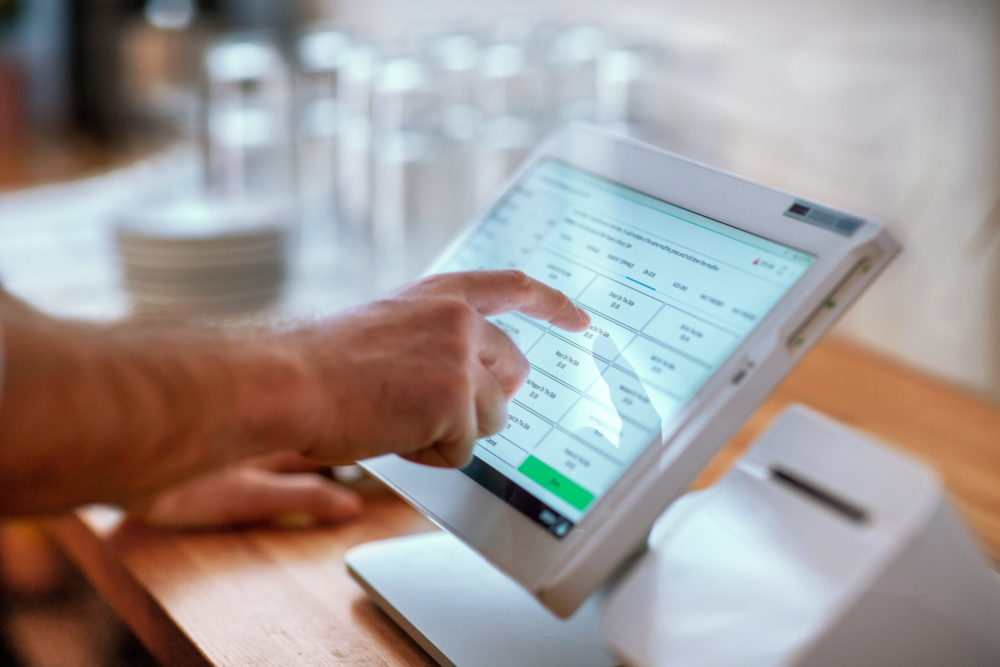
Handling Apple Pay Disputes Can Be Swift With a Good Processor
Knowing how to dispute a transaction on Apple Pay isn’t as complex as it seems at first glance. The whole process is relatively simple for both customers and merchants when everyone follows the right steps. The key to avoiding disputes is good communication. When the concerns are addressed quickly and collaboratively, both parties can resolve issues without escalation.
In the end, when merchants work with reliable credit card processing companies such as Merchant Chimp, they can simplify the dispute process. A trusted partner can help merchants manage disputes efficiently, and with good credit card processing services, businesses can overcome issues with ease and grow.

